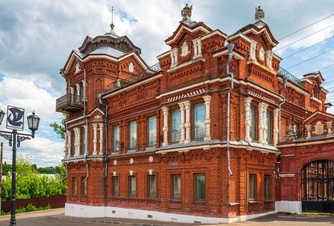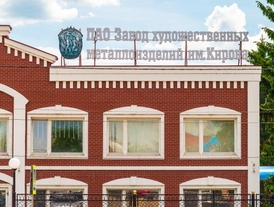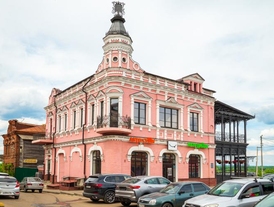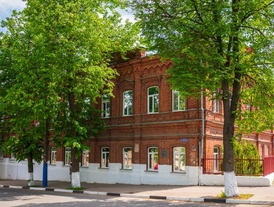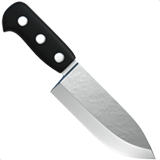Pavlovo
Pavlovo is renowned for its minibuses, which are not too popular among Russia’s urbanites, its canaries, its goose fights (you can observe them in March), a special variety of lemon, and its beautiful and interesting architecture. This is a real city of craftsmen, where you can have an interesting walk, and buy a lot of fascinating souvenirs. And we can guess that every Russian most probably has Pavlovo-made cutlery at home.
A FEW FACTS
WHAT TO DO IN THE CITY
01
Visit the Historical Museum
The opulent estate of the merchant Gomulin, where the Pavlovo Historical Museum is located, is a stunning building. Inside, you will find a collection of locks of various shapes and sizes, but most importantly, tiny exhibits from master craftsman Pavel Kulikov: a knife smaller than a match head, a flea forging a horseshoe — all this is a must-see! And don’t miss the 100-tool penknife in the shape of a pig: they say that it was made special for Stalin, but no one dared to present it.
02
Visit one of two knife museums or both of them, and buy yourself a souvenir
Back in 1851, Melnikov-Pechersky wrote in the Moskvityanin magazine: «Who doesn't know about Pavlovo products? Almost every one of us dines with a Pavlovo knife and fork, mends their pen with a Pavlovo knife, wears a dress cut with Pavlovo scissors, locks his belongings away with a Pavlovo lock, and for some time we even shave with Pavlovo razors.» This is a true town of craftsmen, so be sure to visit the knife museums in Pavlovo and Vorsma, learn about their history, and buy a knife or spoon in the official souvenier shop near the Pavlovo Factory of Artistic Metal Products.
03
Have lunch at Dynasty
Pavlovo's most spectacular restaurant is without doubt Dynasty. The menu includes game dishes, and the interior is eminently historical. Here you will also find the Tsar Padlock, the largest of its kind in the world, standing almost two meters high. Each of its keys weighs 16 kilograms. You can go and look at it for free ща charge.
04
Marvel at the local monuments
Be sure not to miss the local sculptures telling about the important things about the town. For example, the monument to the blacksmith is a symbol of hard work and metalworking, as in times past the majority of Pavlov's population were blacksmiths. Another monument is dedicated to goose fighting, where two fighting geese are depicted with their «lyubki» close by, lyubki being the term for the female geese. And another piece of exotica: Pavlovo is famous for its lemon variety, so lemon trees can be found on many windowsills. There is even a real lemonarium in the town, along with a monument to lemons.
05
Visit the smallest town in the region
Gorbatov is the smallest town in the Nizhny Novgorod region, with a population of fewer than two thousand people, and it is very beautiful and atmospheric here. The famous traveler Alexandra Potanina, the first woman to be accepted as a member of the Russian Geographical Society, who explored little-known areas of Central Asia, was born and spent her childhood here. Ancestral crypts and tombstones from the early XIX century have been preserved in Gorbatov. Here even lies the grave of Grigory Smolin, on whom the character of the merchant Marko Smolokurov from the Melnikov-Pechersky novels «In the Woods» and «On the Mountains» was based.
06
Search for the filming locations of Nikita Mikhalkov's films
It was in the vicinity of Gorbatov that Nikita Mikhalkov filmed «The Barber of Siberia» and «Burnt by the Sun» sequel. Locals still remember how it all happened, and many even starred in these films. Try to find the filming locations and get inspired!
07
Go rafting on the Toscanka and the Klyuchik
Probably one of the most fashionable and photogenic locations in the Nizhny Novgorod region is the Toskanka and Klyuchik lakes near Vorsma. Here people regularly go rafting and take incredible photos against the background of clear blue water. The main thing is to be careful not to fall into the water, the temperature of which does not rise above five degrees even in the hottest weather. Incidentally, the Russian Toscania festival takes place in Vorsma every summer, with a parade of stylized boats, historical reconstructions and numerous master classes.











